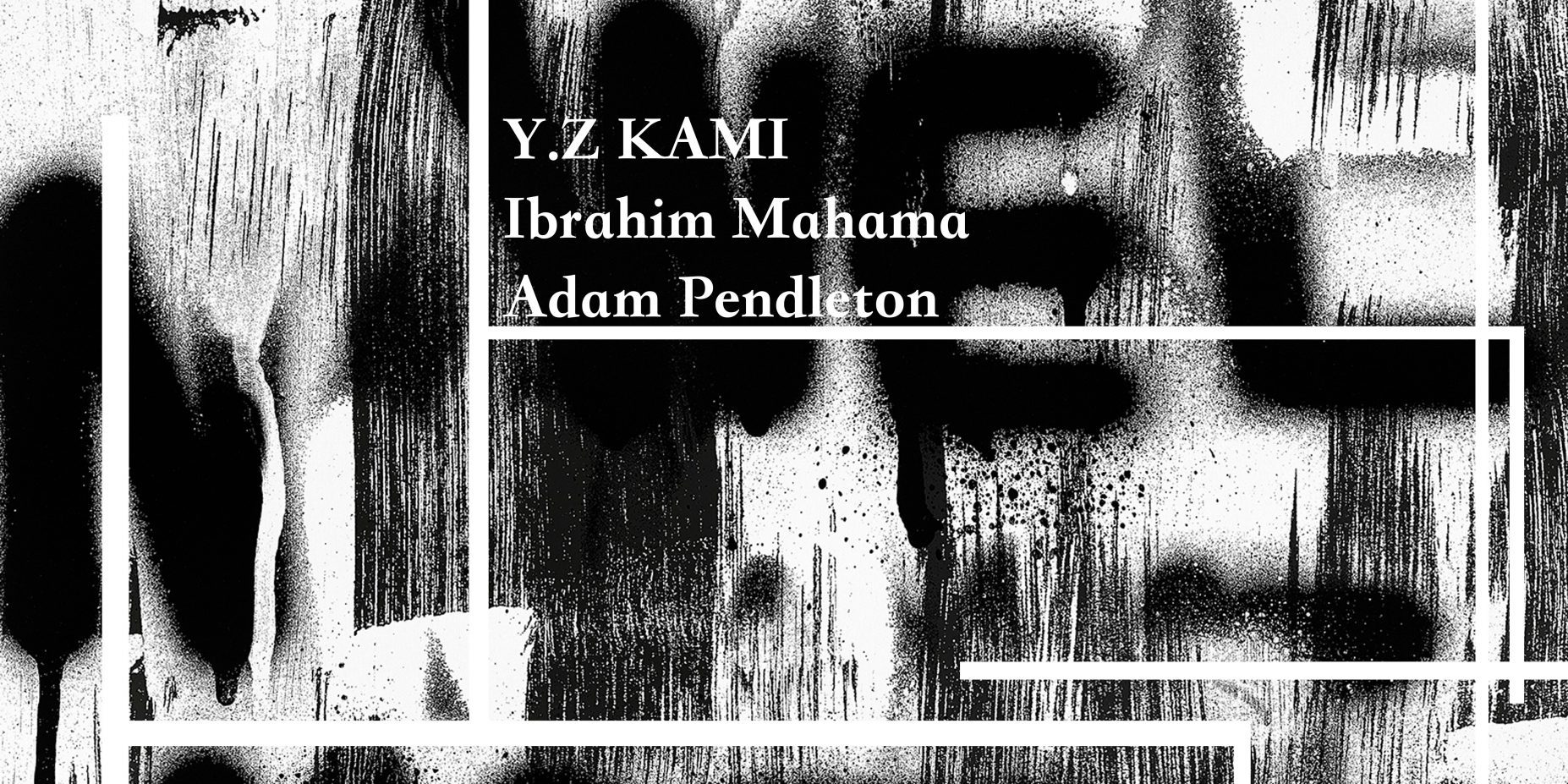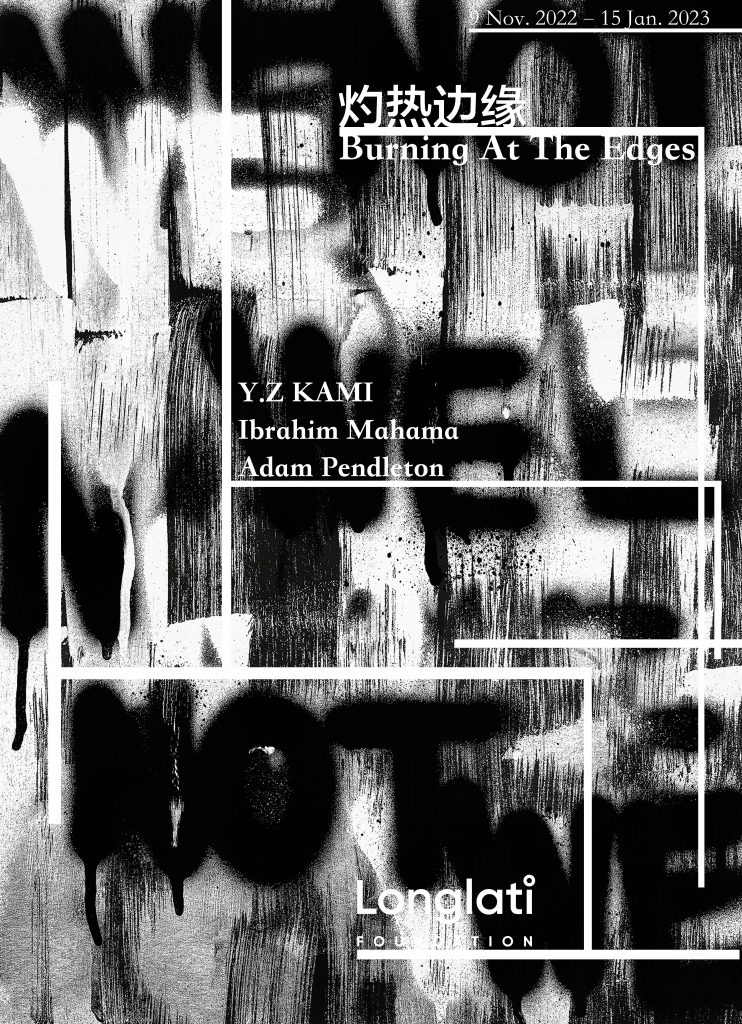
“Burning at the Edges” features a number of large scale works recently acquired by Longlati Foundation in response to the theme of minority and multi-minority cultures, including the “Domes” series Y.Z. Kami’s (b.1956, Tehran, Iran), the jute sack works of Ibrahim Mahama (b. 1987, Tamale, Ghana), the black-and-white paintings by Adam Pendleton (b. 1984, Richmond, Virginia, United States). The exhibition will explore how these three artists transform sacred architecture, globalized commodities, propaganda and graffiti texts, while exploring the meaning of fluid identities and the inherent conflicts within. The exhibition is produced by Longlati Foundation.
Y.Z. Kami’s “Dome” series continues his past exploration of geometric shapes and outlines paths in various diffusion patterns. The three pieces in Longlati’s collection exemplify Kami’s research and study of geometry: the images diffuse as they travel further from the axes they revolve around. Using visual experiences, Kami puts gradient mosaics into concentric circles, referencing domes commonly associated with places of worship. The artist approaches architecture and geometry through art and faith; with spiritual practices such as “repetition” and “sensory experience of light,” Kami reaches for the viewer’s meditative world.
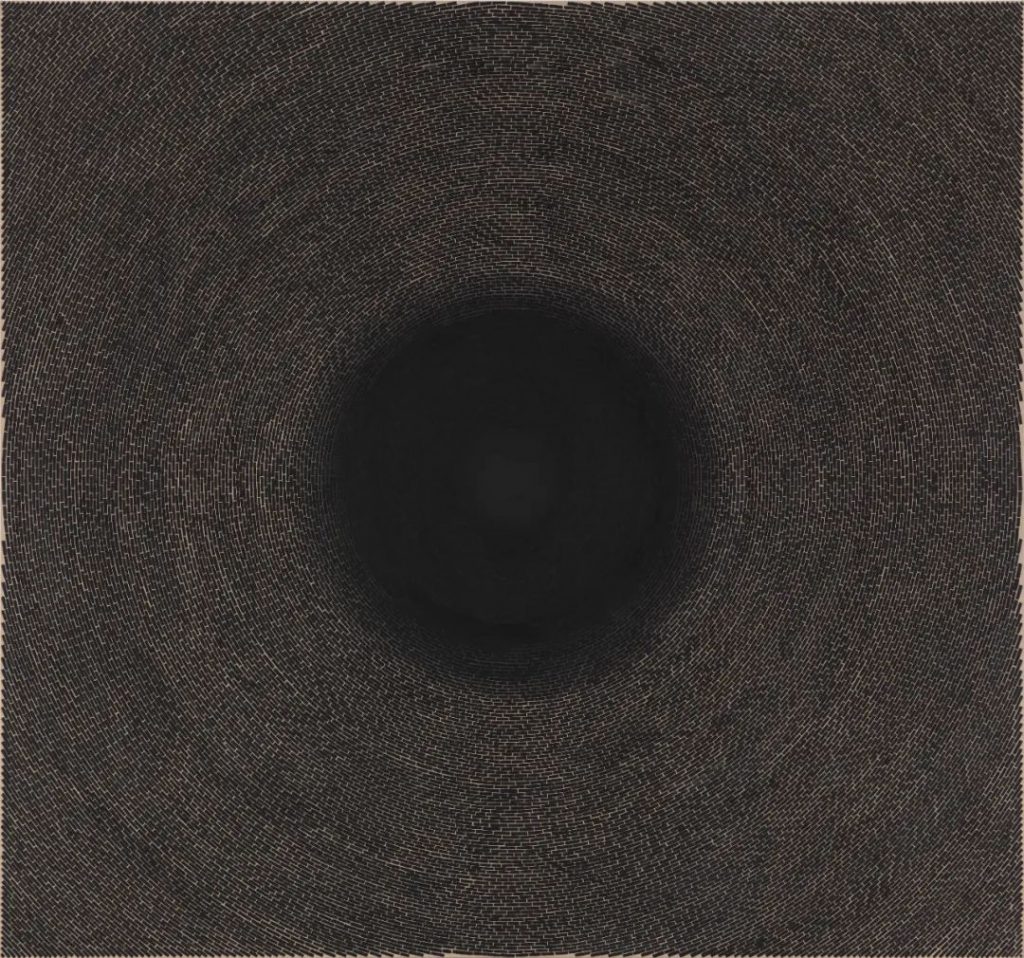
Y.Z. Kami, Black Dome II, 2010–2011, arcylic on linen, 254 x 279.4 cm. Collection of Longlati Foundation. Image courtesy of the artist and Gagosian
Similarly, Ibrahim Mahama takes his investigation into the realms of art and architecture. His diligent observation of urban and traditional architecture, painting as a medium, and their commonality has led him to the jute sack as a significant material. With it, Mahama not only m manages to produce stunning visuals but also communicates a sense of contraction between the material choice and alternative behavior. The jute sack symbolizes the free market and Ghanian Independence for its visible role in the global coffee trade. In a way, Mahama’s practice is a product of pertinent existential problems among the economy, production, nostalgia, and industry.
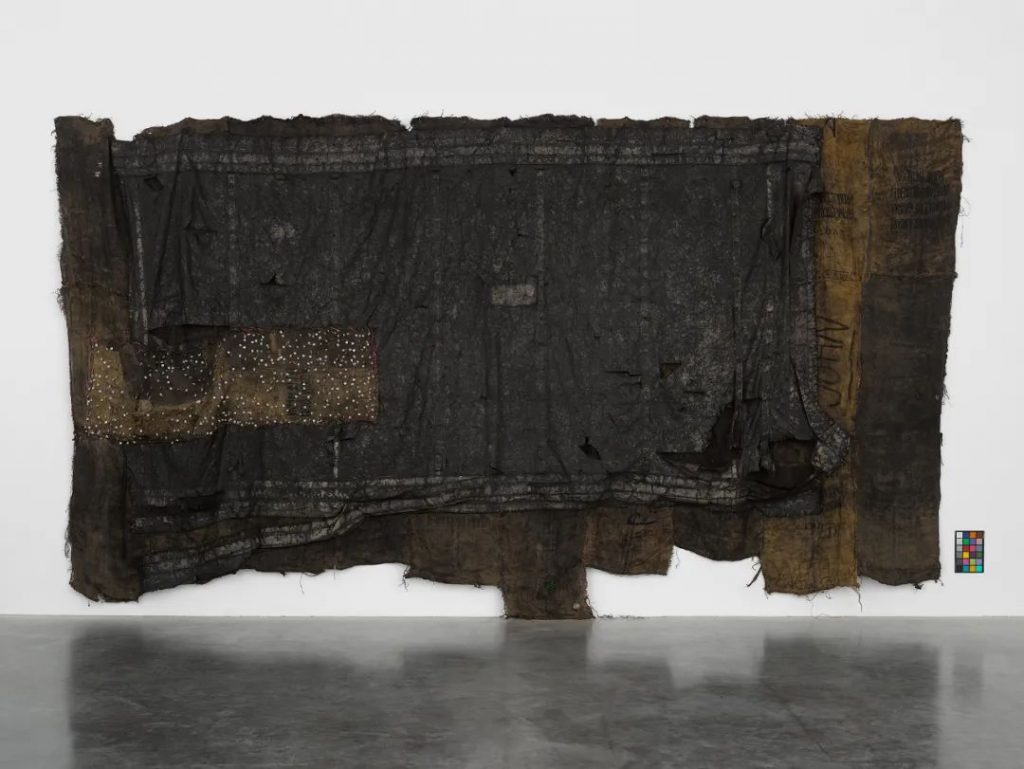
Ibrahim Mahama, ENKA AKYIR, 2013–2018, scrap metal tarpaulin and metal tags on charcoal jute sacks, 343 x 627 x 25 cm. Collection of Longlati Foundation. Image courtesy of the artist and White Cube
In “Other Criteria: Confrontations with Twentieth-Century Art,” Leo Steinberg wrote: “There is another feature in contemporary abstract art which ties it to the world of sense and separates it from all anti-naturalistic styles of the past— its boundless freedom of selection from natural sights.” 1 The quote speaks to the black-and-white prints of Adam Pendleton. The artist explores black monochromatic abstract art, deconstructs historical texts through abstraction, and tells stories in non-narratives. In his work, Pendleton stretches the potential interpretations of the environmental actors to the maximum; his black Dadaist expression, in turn, makes the work more ambitious. In terms of creative materials and formal and textual language, Pendleton’s body of work is a self-interpreted whisper of historical insight.
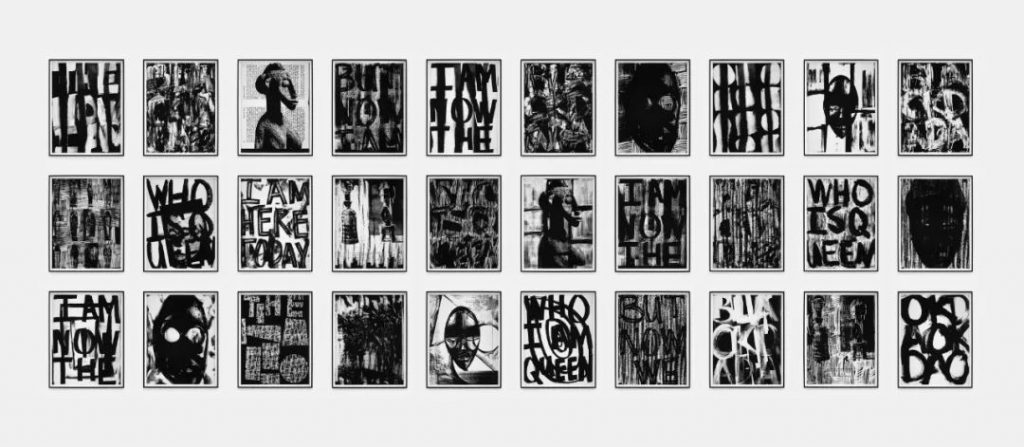
Adam Pendleton, The Now I Am/But Now I Am, 2020, silkscreen ink on mylar, installation dimensions variable thirty (30) parts, each: 96.5 x 73.7 cm. Collection of Longlati Foundation. Image courtesy of the artist and David Kordansky
“Burning at the Edges” presents a series of works by these three artists in Longlat’s collection. They reflect the Foundation’s established collect philosophy to explore and uplift the practices of artists of marginalized identities and serve as a humble contributor to the globalized vision of art.
Text / Jiawei Yuan、Yizhu Wang、Youlun Gu
Notes:
[1] Leo Steinberg, Other Criteria: Confrontations with Twentieth-Century Art, 2007.
About the Artist
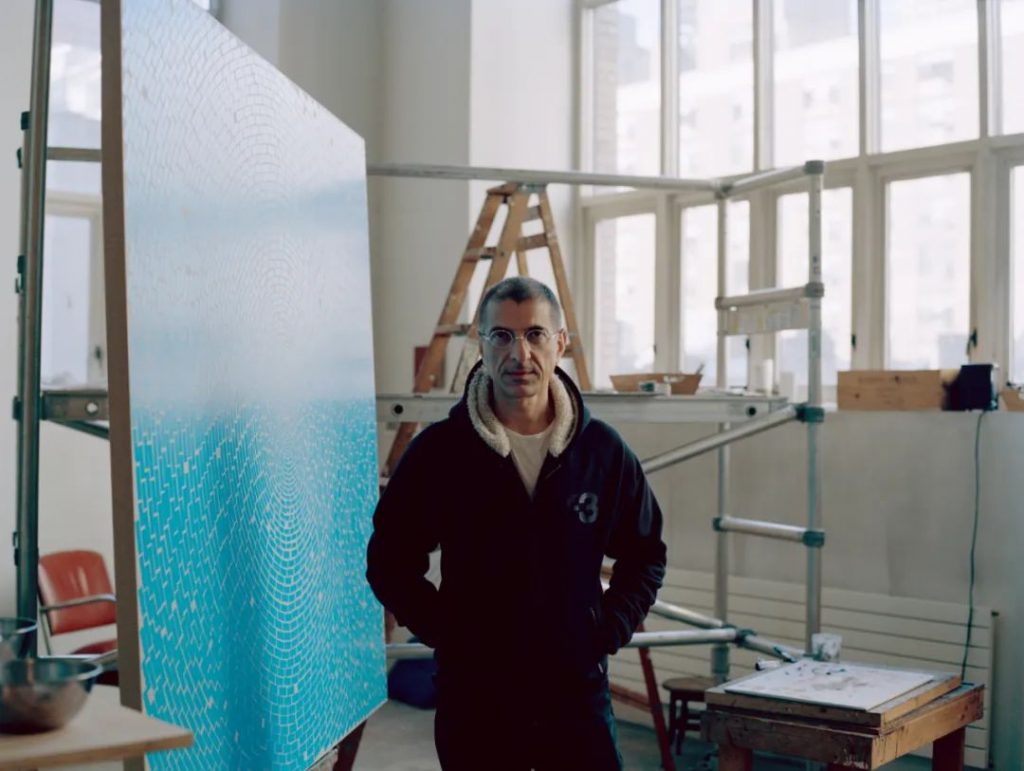
Y.Z. Kami
Y.Z. Kami was born in 1956 in Tehran, Iran. He lives and works in New York, NY. Kami’s work has been collected and exhibited by the Metropolitan Museum of Art, New York; Museum of Modern Art, New York; Whitney Museum of American Art, New York; Solomon R. Guggenheim Museum, New York; Smithsonian Institution, Washington, D.C.; Parasol Unit Foundation for Contemporary Art, London, and many other institutions worldwide. Solo museum exhibitions have been presented at the Herbert F. Johnson Museum of Art, Cornell University, Ithaca, New York (2003); Arthur M. Sackler Gallery, Smithsonian Institution, Washington, D.C. (2008); Parasol Unit Foundation for Contemporary Art, London (2008); and National Museum of Contemporary Art, Athens (2009–10). His work was included in the 52nd Venice Biennale (2007, curated by Robert Storr). In 2016–17 the Los Angeles County Museum of Art (LACMA), Los Angeles, held a solo exhibition of Kami’s work entitled “Endless Prayers”. In 2022-2023 The Museo de Arte Contemporáneo de Castilla y León (MUSAC), León held a solo exhibition of Kami’s work entitled “De forma silenciosa/In a Silent Way”.
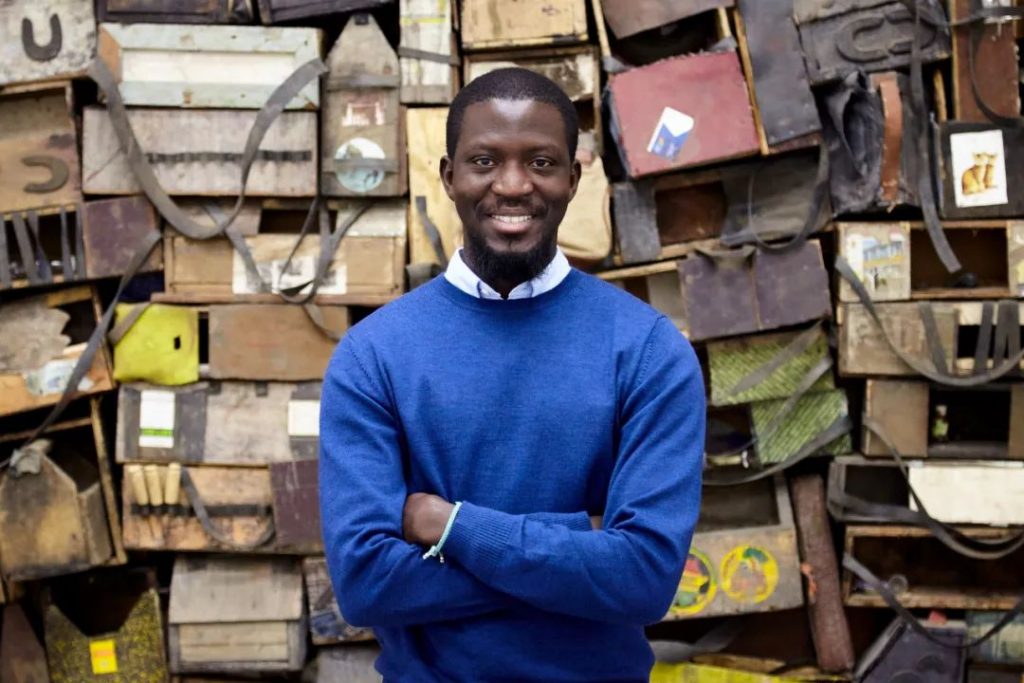
Ibrahim Mahama
Ibrahim Mahama was born in 1987 in Tamale, Ghana. He lives and works in Accra, Kumasi and Tamale. His work has appeared in numerous international exhibitions including The Highline, New York (2021) NIRIN, 22nd Biennale of Sydney (2020); tomorrow, there will be more of us, Stellenbosch Triennale (2020); Future Genealogies, Tales From The Equatorial Line, 6th Lubumbashi Biennale, Democratic Republic of the Congo (2019); Parliament of Ghosts, The Whitworth, University of Manchester (2019); Ghana Freedom, inaugural Ghana pavilion, 58th Venice Biennale, Venice (2019); Labour of Many, Norval Foundation, Cape Town (2019); Documenta 14, Athens and Kassel (2017); All the World’s Futures, 56th Venice Biennale, Venice (2015); Artist’s Rooms, K21, Dusseldorf (2015); Material Effects, The Broad Art Museum, Michigan (2015); An Age of Our Own Making, Kunsthal Charlottenborg, Copenhagen and Holbæk (2016) and Fracture, Tel Aviv Art Museum, Israel (2016). In March 2019, Ibrahim Mahama opened the artist-run project space Savannah Centre for Contemporary Art (SCCA) in Tamale, Ghana.
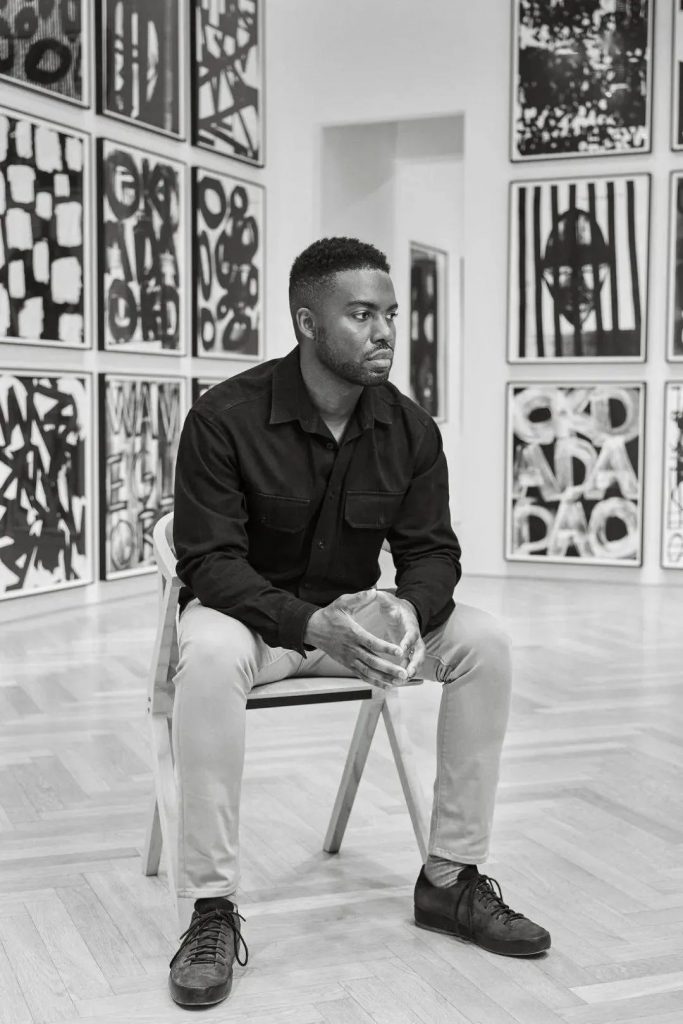
Adam Pendleton
Adam Pendleton was born in 1984 in Richmond, Virginia, United States. He lives and works in New York. His work is in the permanent collections of the Dallas Museum of Art; Guggenheim Museum, New York; Museum of Contemporary Art Chicago; Museum of Modern Art, New York; The Studio Museum in Harlem, New York; and Tate, London, among other institutions. Adam Pendleton was one of sixty-three artists selected for the Whitney Biennial 2022 at the Whitney Museum of American Art, New York. Adam Pendleton: These Things We’ve Done Together, the artist’s first solo exhibition in Canada, was presented in 2022 at the Montreal Museum of Fine Arts. In 2021, The Museum of Modern Art, New York, presented Pendleton’s monumental floor-to-ceiling installation, Who Is Queen?. Recent and notable group exhibitions include Grief and Grievance: Art and Mourning in America, New Museum, New York (2021); Manifesto: Art x Agency, Hirshhorn Museum and Sculpture Garden, Washington, D.C. (2019); Public Movement: On Art, Politics and Dance, Moderna Museet Malmö, Sweden (2017); and Personne et les autres, Belgian Pavilion, 56th Venice Biennale, Italy (2015). Other recent solo exhibitions include shows at Le Consortium, Dijon, France (2020); Isabella Stewart Gardner Museum, Boston (2020); MIT List Visual Arts Center, Cambridge, Massachusetts (2018); Baltimore Museum of Art (2017); KW Institute for Contemporary Art, Berlin (2017); BALTIC Centre for Contemporary Art, Gateshead, England (2017); Museum of Contemporary Art Cleveland (2017); Museum of Contemporary Art Denver (2016); and Contemporary Arts Center, New Orleans (2016).
Special thanks to Gagosian、White Cube、David Kordansky for their support of this exhibition.

